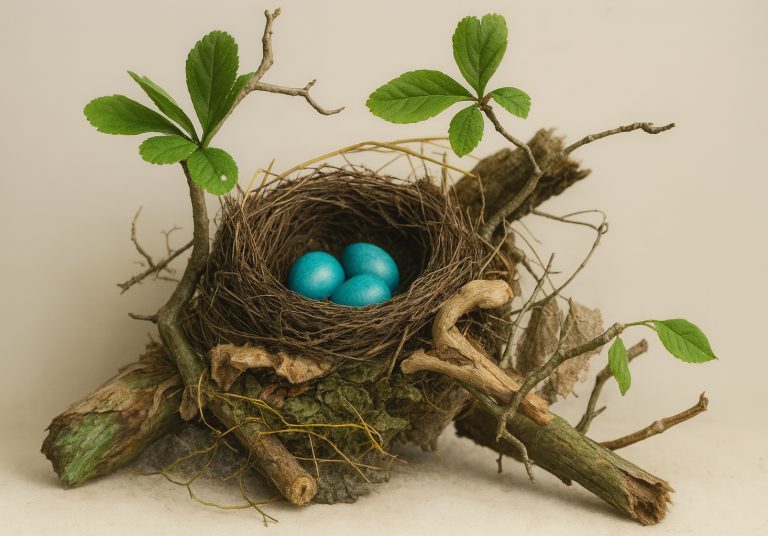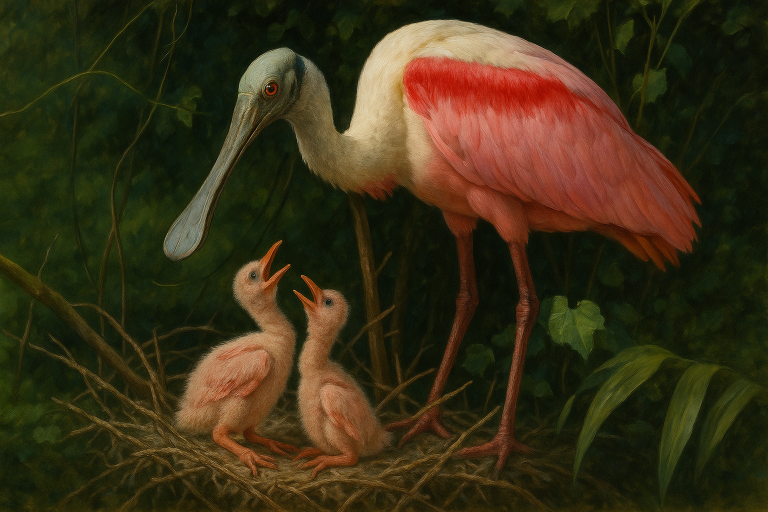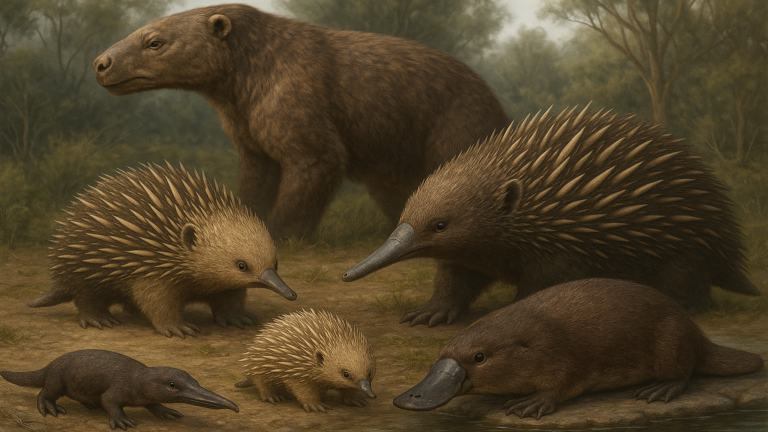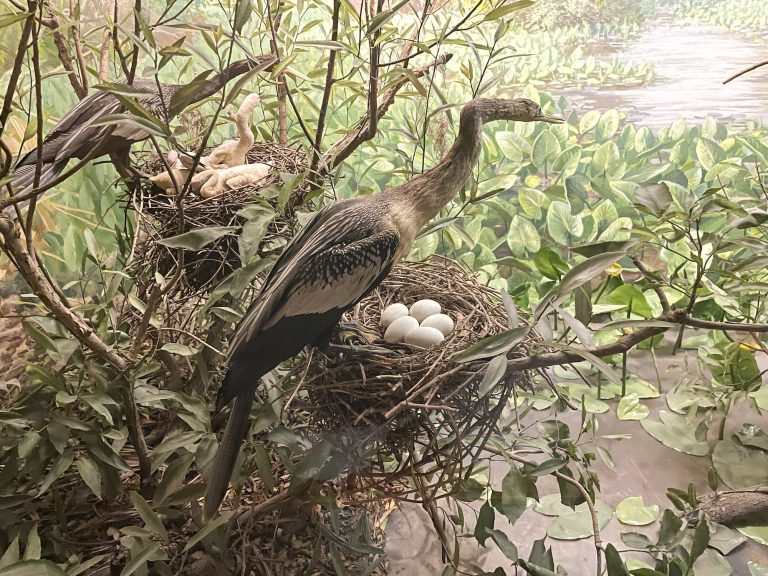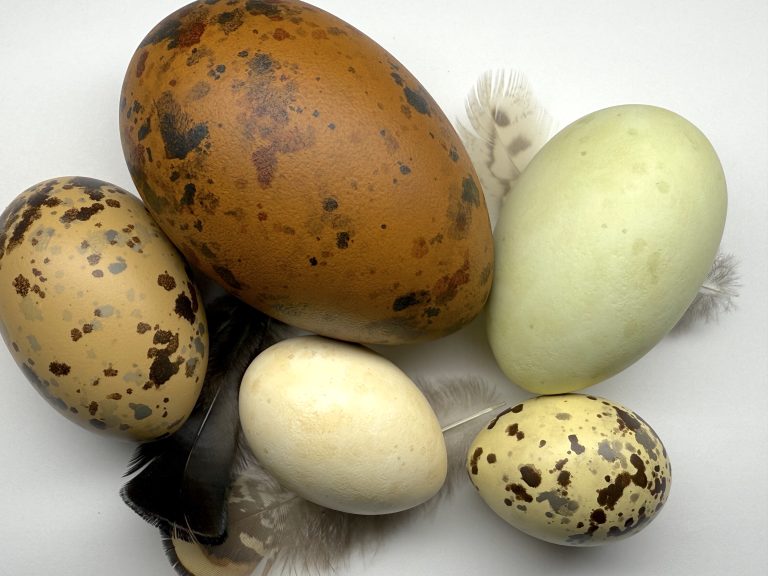Rufus’s Eggs: A Tribute to the Guardian of Wimbledon
Every morning before play begins on the manicured lawns of Wimbledon, long before crowds begin to gather or cameras begin to roll, a figure takes to the skies. With dark chocolate wings, russet shoulders, and piercing eyes, Rufus the Harris’s Hawk performs his silent vigil over Centre Court. He is not here to entertain. He is not a mascot in the traditional sense. Rufus is Wimbledon’s unofficial bird of prey in residence; a working hawk tasked with defending tennis’s most prestigious venue from the humble but disruptive menace of pigeons.
Rufus’s role is simple in principle but elegant in execution. Pigeons, if left to their own devices, would flutter about the grounds, nest in architectural nooks, and leave their droppings on seats and playing surfaces. Their presence is more than unsightly; it’s unhygienic, distracting, and deeply unwelcome at a place as immaculately maintained as the All England Lawn Tennis and Croquet Club. Traditional pest control methods proved inadequate, especially in an open-air venue crisscrossed by footpaths and gardens. What was needed was a deterrent that would strike fear without violence. Enter the hawk.
This year, I had the honor of creating replica Harris’s Hawk eggs for a special exhibition at the All England Club, celebrating the legacy of Rufus and the remarkable role these birds have played at Wimbledon. The eggs were made with meticulous care to reflect the natural size, form, and coloration of genuine Harris’s Hawk clutches. Each egg was shaped to match the typical form with measurements of 53 mm in length and 42 mm wide. The eggs were finished with a soft, matte surface in pale bluish-white tones. Subtle transparent brown markings were added to evoke the appearance of real eggshells, a quiet homage to the understated beauty of the species’ nesting biology.
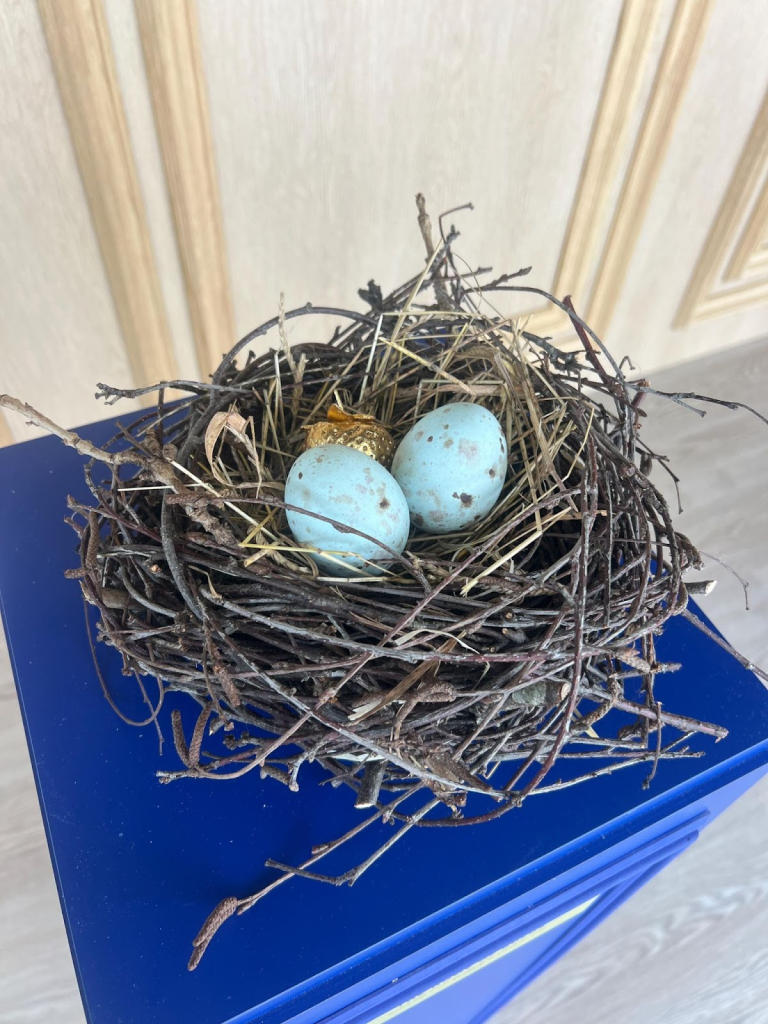
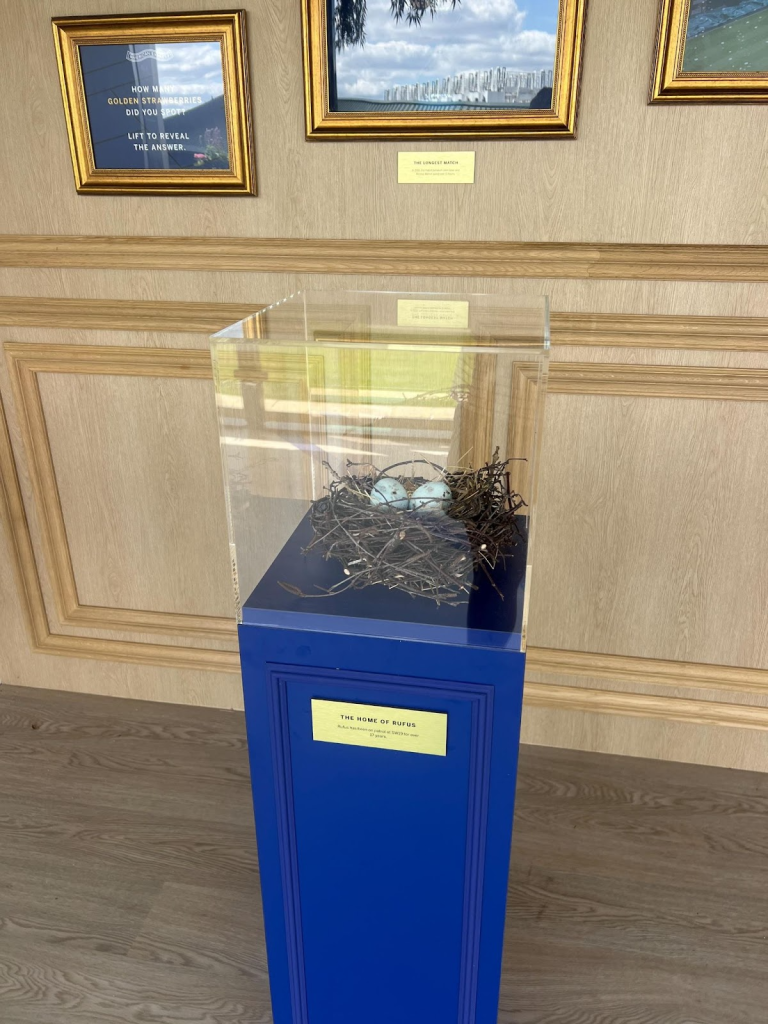
Rufus is a male Harris’s Hawk (Parabuteo unicinctus), a species native to the arid landscapes of the southwestern United States and parts of Central and South America. Unlike most birds of prey, Harris’s Hawks are unusually social. In the wild, they hunt in cooperative family groups, displaying a level of intelligence and trainability that has long made them favorites among falconers. Rufus was trained from a young age by Imogen Davis and her family, who run Avian Environmental Consultants, a falconry business in Northamptonshire. The Davis family have been Wimbledon’s avian consultants since 1999, and Rufus succeeded his predecessor Hamish in the early 2000s.
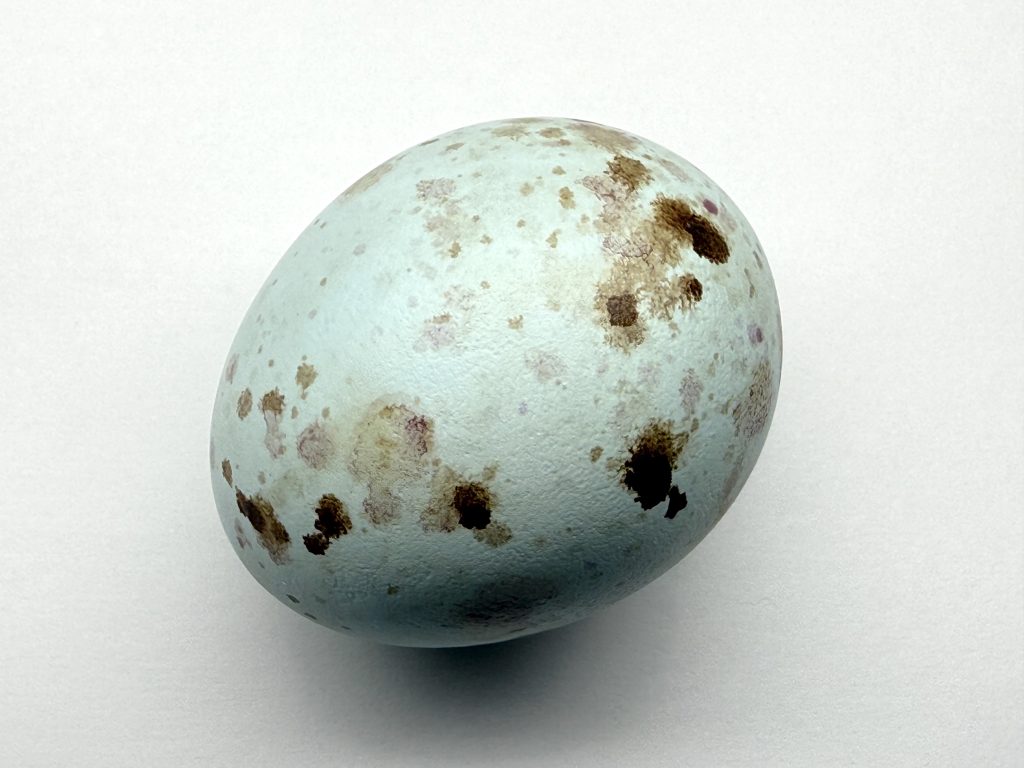
For over a decade, Rufus flew daily patrols over the All England Club’s 42 acres, not just during the two weeks of the tournament but year-round. His job was never to kill, only to discourage. When pigeons see a hawk in flight, especially one gliding silently overhead with its wings outstretched and eyes locked in predatory focus, they scatter and do not return. Rufus’s mere presence changes the equation of risk. The club even issued him an official identification pass, treating him with the respect accorded to all professionals working at the championships.
His fame has grown well beyond the gates of Wimbledon. He has more Twitter followers than many of the players he soars above, and he became an unlikely media star in 2012 when he was briefly stolen from his parked vehicle overnight. The theft sparked national headlines. He was recovered unharmed, and his return was met with widespread relief, especially by the tournament organizers who had come to rely on his quiet vigilance. Rufus was even the subject of a children’s book titled Rufus, the Hawk at Wimbledon, cementing his place in the lore of British sport.
Though he is now retired from active duty, having passed the torch to younger hawks such as Horus, Rufus still visits occasionally and remains a symbol of Wimbledon’s seamless blend of tradition and innovation. In an arena famed for white dress codes, strawberries and cream, and royal spectatorship, it is somehow fitting that a hawk should have his place in the ritual as well. His story is a reminder that harmony between humans and animals does not always demand domestication. Sometimes, it simply requires cooperation and mutual respect.
While spectators might remember the flash of wings above the stands or the quiet moments when Rufus perched near the umpire’s chair, the eggs offered a more intimate window into the life of the species. To see those delicate forms nestled within a Wimbledon exhibit was a reminder that even behind the grandeur of championship sport, there is room to celebrate the quiet story of a bird, a nest, and a long-standing partnership between humans and nature.

References
- Smith, David. “Rufus the Hawk and the Pigeon Problem at Wimbledon.” The Guardian, July 1, 2012.
- Harris, Jane. Rufus: The Hawk at Wimbledon. London: Random House Children’s Books, 2013.
- Brown, Leslie. Birds of Prey: Their Biology and Ecology. London: Blandford Press, 1976.
- Wimbledon.com. “Meet Rufus: The Hawk Who Keeps Centre Court Clear.” Accessed July 2025. https://www.wimbledon.com
- Davis, Imogen. Interview with BBC News. “The Falconers of Wimbledon.” July 3, 2021.


